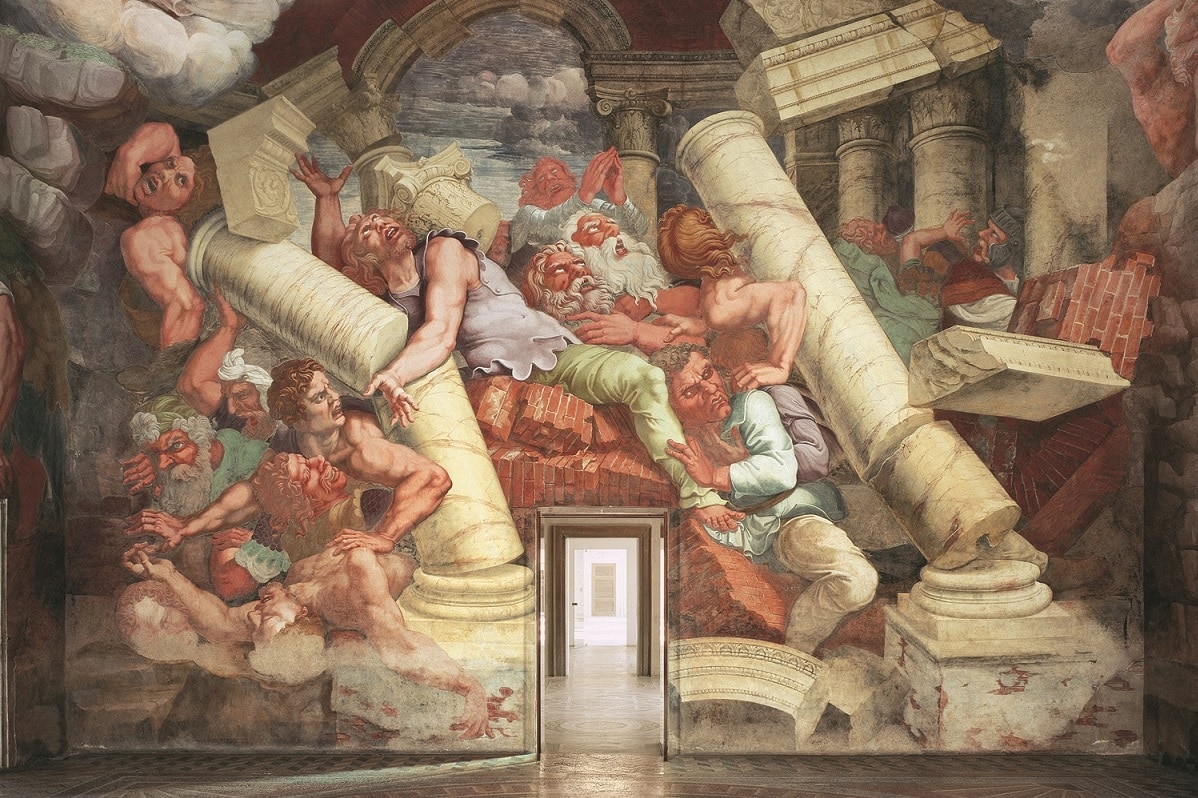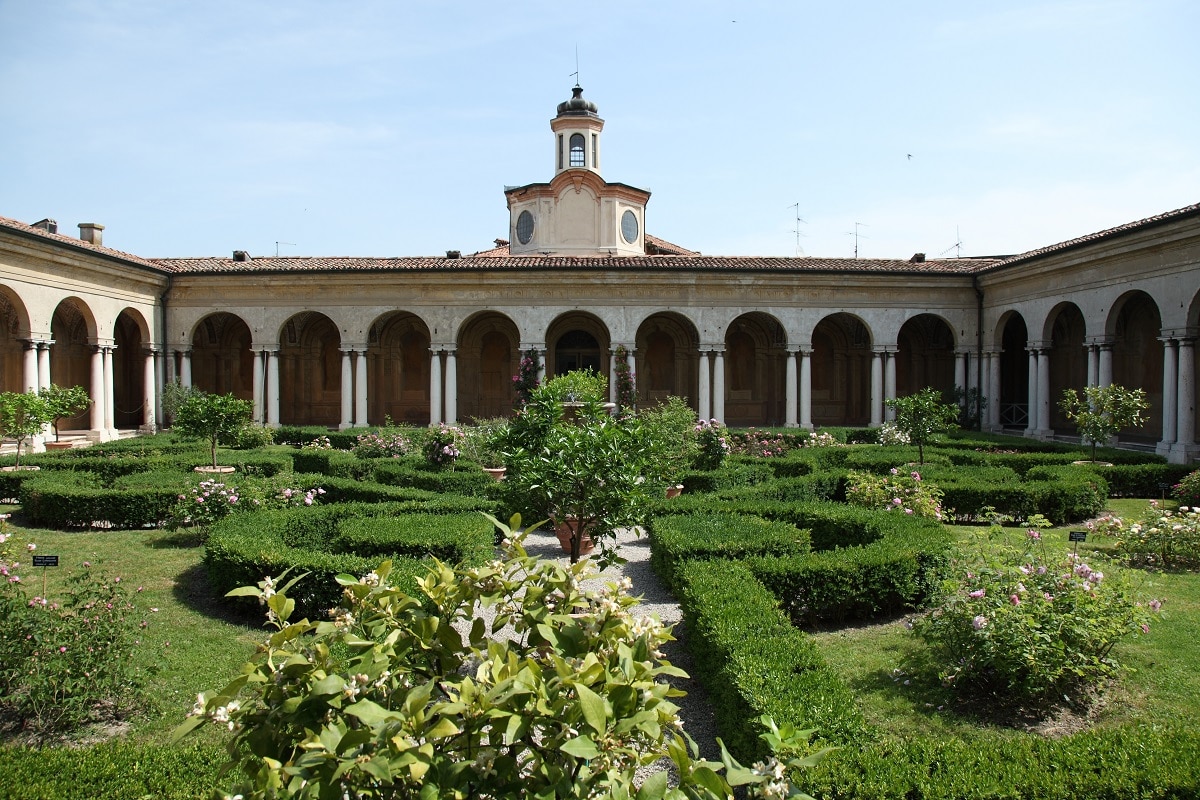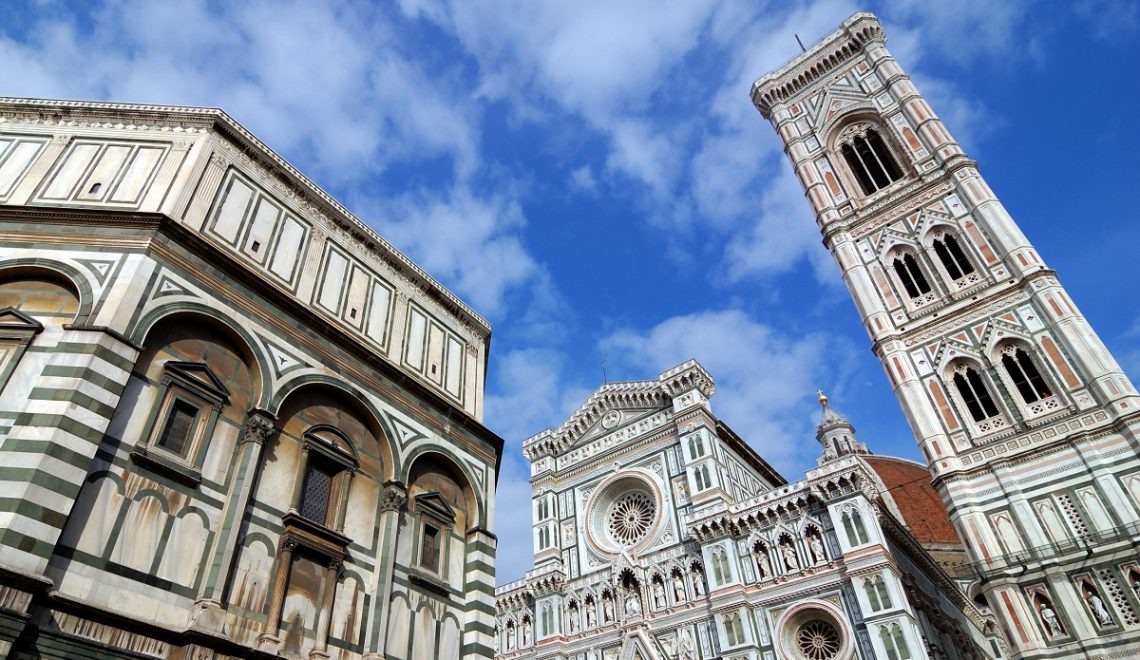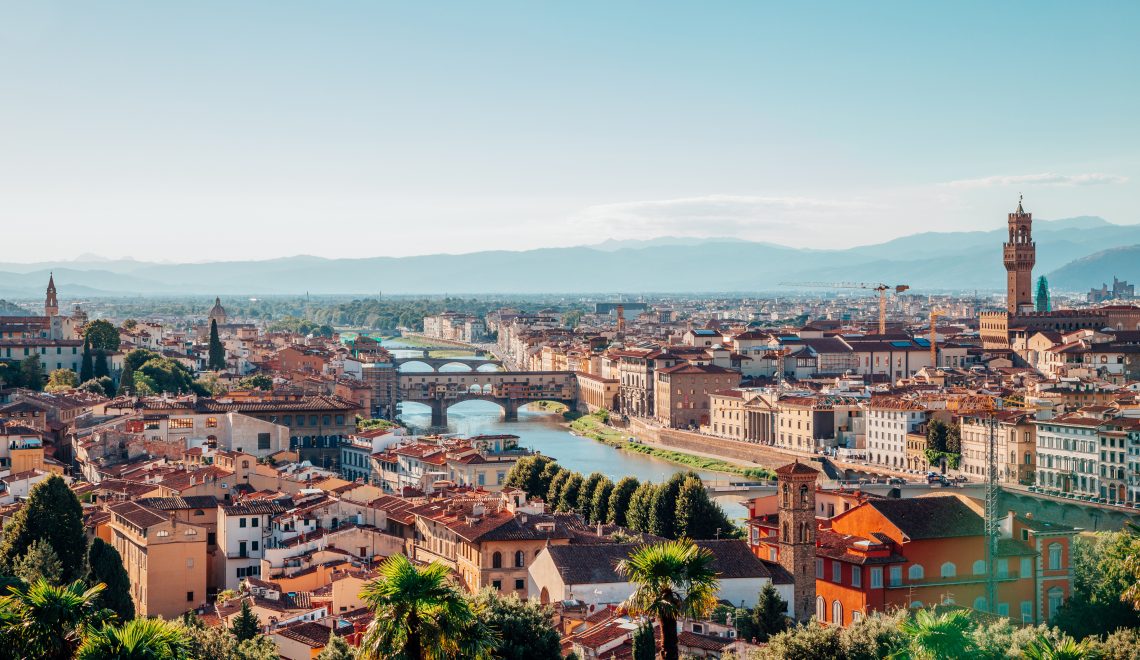
Don’t know what to see in Mantua? Start from Palazzo Te and Palazzo Ducale: we have five great reasons to visit them together, especially if it’s your first trip to the city.
Mantua is a shining gem among the wonders of northern Italy: located in the Po Valley, home of the poet Virgil and great aristocratic families, it has risen to represent immeasurable historical and cultural value, which earned it the title of UNESCO World Heritage City in 2008.
There are many things to see in Mantua: you could follow countless different itineraries, from Sabbioneta to the Parco del Mincio, and the city would still win you over with its austere charm. However, if it is your first trip, we recommend that you start with two absolutely splendid sites, Palazzo Te and the Palazzo Ducale.
Visiting Palazzo Ducale and Palazzo Te together: two unmissable wonders

Ducal Palace, Sala dei Fiumi (Hall of the Rivers) – by kind permission of the Ducal Palace Museum Complex of Mantua, Ministry of Cultural Heritage and Activities and Tourism
Inextricably linked to the history of the Gonzaga family, the Palazzo Ducale and Palazzo Te are two monuments that cannot be missed. Both are open to the public and offer guided tours and exhibitions that attract thousands of tourists from all over the world every year.
Visiting them is like stepping back in time to the sumptuous atmosphere of Italian courts between the 15th and 16th centuries: there are at least five good reasons to experience them together; here’s why 🙂
-
They are grand symbols of Mantua’s magnificent Renaissance period

Palazzo Ducale, Camera degli Sposi (The Newlyweds’ Chamber) – ph. A. Quattrone – by kind permission of the Ducal Palace Museum Complex of Mantua, Ministry of Cultural Heritage and Activities and Tourism
In the first place, Palazzo Ducale and Palazzo Te are two symbols of Mantua’s historic greatness. The Gonzaga dynasty took the city’s artistic and cultural life to the highest level, effectively charting the transition from the Middle Ages to the Renaissance, thanks to the support given to numerous artists and their role as discerning collectors, comparable to that of the Medici family. Visiting the two buildings is a unique opportunity to experience this momentous change firsthand!
-
They are an expression of evolution in Italian architecturea
They are two complexes of great architectural importance, similar and yet very different from each other. When you visit the Ducal Palace, you witness the passing of the centuries step by step, from the first buildings dating back to the 13th century to the new buildings of the 16th century, designed to seamlessly hold the entire structure together.

Palazzo Te, on the other hand, is inspired by the ancient Roman villas, with a square central plan that revolves around the courtyard, perfectly integrated with the natural surroundings. Essentially speaking, the Italian school of architecture that set the standard in the world here experienced its apprenticeship 🙂
-
They house some of the most spectacular Italian frescoesi
The Palazzo Ducale and Palazzo Te are also united by the magnificence of their frescoes. The former, which has been a museum for over a century, preserves rooms frescoed by great artists such as Pisanello and the The Bridal Chamber by Mantegna.

Ducal Palace, Camera Picta, detail of second ceiling – oculus – by kind permission of the Ducal Palace Museum Complex of Mantua, Ministry of Cultural Heritage and Activities and Tourism
This is certainly the masterpiece of the Venetian artist, who in this cycle of paintings has exalted the history and power of the Gonzaga family, associating it with the grandeur of the Roman classics. Each fresco is 3×8 meters in size, and it is indeed fortunate that the 2012 earthquake, which had damaged the Bridal Chamber itself, did not irreparably harm them.

Giulio Romano and assistants, View of the Chamber of the Giants, north wall, 1527-30, Palazzo Te, Mantua – by kind permission of the Municipality of Mantua
Palazzo Te is no less impressive – it houses many masterpieces such as the Hall of Giants, designed by Giulio Romano, and the Chamber of Cupid and Psyche, the most luxurious space in the entire palace that symbolizes the duke’s great passion for his lover
-
Interested in mythology? You’re in the right place 🙂

Giulio Romano and assistants, View of the Chamber of Love and Psyche, south wall, 1527-30, Palazzo Te, Mantua – by kind permission of the Municipality of Mantua
The mythological references of the decorations are certainly a strong focus of interest: Zeus, the Giants, Olympus – magnificent and fascinating narratives, parallel universes that chase each other from wall to wall, representing not only the intellectual standing but also the ambitions and passions that inspired the Gonzaga dynasty. There is no visitor who is not fascinated by them 🙂
-
They are so large, it takes a whole day to visit them
Ultimo ma non ultimo, l’aspetto logistico. I palazzi richiedono almeno un paio d’ore di visita ciascuno, e si trovano a poco più di un kilometro di distanza l’uno dall’altro. Per questo conviene concentrare la visita in un giorno solo, senza “disperdere” le energie.

Ducal Palace, Hanging Gardens – by kind permission of the Ducal Palace Museum Complex of Mantua, Ministry of Cultural Heritage and Activities and Tourism
No worries, Mantua is so full of things to see that you’ll be back soon to visit everything else – and we’ll be here with new tips for your itinerary 🙂
Reach Mantua with Italo
Now all you have to do is to book your trip with Italo and Itabus: with intermodal high-speed train and bus connections, you can comfortably reach the city and forget about traffic worries. An example? Roma-Mantova in 4 hours and 43 minutes, right into the city center!








